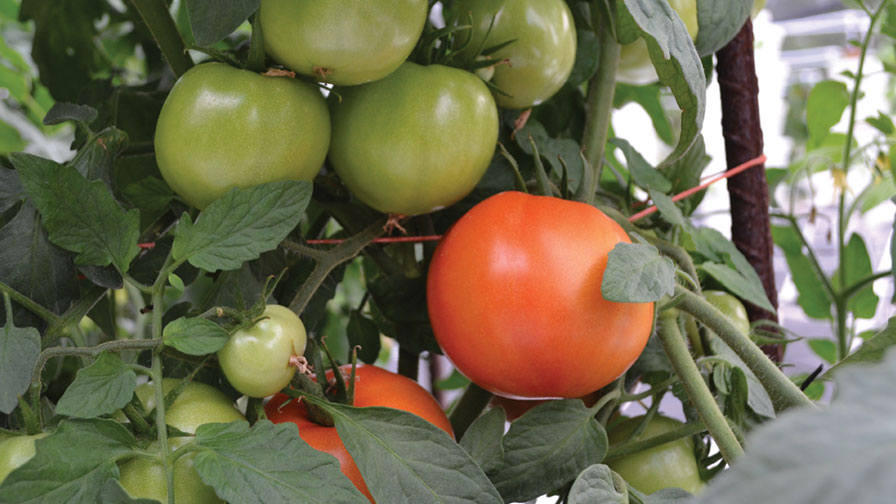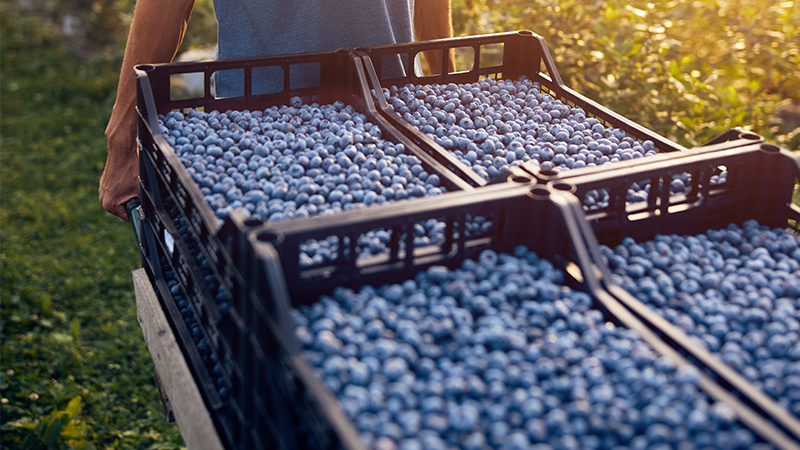The Dos and Don’ts of Growing Greenhouse Vegetables
For growers considering adding greenhouse vegetables to their lineup, there are several obvious decisions to make: These dos and don’ts should keep you from making mistakes and on track for maintaining profitability in your operation.
The Dos
1. Do your homework and manage from an enterprise budget. If you are an experienced grower looking for new crops or new production technologies, or you are new to protected agriculture, nothing improves your chances for success as much as careful homework.
Research new technologies for greenhouse or tunnel structures. Gain some perspective on where to locate your enterprise if you are new to protected agriculture. Proper location of your operation can impact taxes and availability to utilities, high-quality water, and selling to markets.
Look in to potential profitability — too many new growers overestimate the potential profits of their enterprise.
Most importantly, if you are a new grower, do your homework on the time and financial investments you are about to embark on. Developing an operation budget is critical to success. Operating from a budget will help you manage your expenses and see your profits and losses.
2. Practice the art of observation. Spend some quality time with your crops, looking for aspects that look different. For example, we have seen plant symptoms due to insect infestations mis-identified as nutrient deficiencies that led to huge crop losses. The operator’s footprints are the most important things left behind in the greenhouse each day.
3. Attend in-service training programs. Successful growers are always on the lookout for fresh learning opportunities. Growers should set aside a few hours each week for learning — live attendance, webinars, reading, online searching, etc. I know a successful grower who routinely starts each day with an hour of learning.
4. Stay on top of new guidelines and regulations. Some regulations may not currently apply to certain small-scale growers, but it still is a good idea to stay aware of changes in food production. For example, food safety is causing buyers to be more restrictive for their sources of products. You can improve your chances of getting and keeping markets if you stay on top of requirements in food safety. Pesticide worker protection safety and labor rules are two additional areas for remaining up-to-date.
5. Measure and collect input and output data on your operation. Keeping data on the environment in the greenhouse or on crop performance will help diagnose problems in crop productivity or quality.
Large growers with computerized environmental control systems have an opportunity to collect and summarize data on temperature, humidity, light intensity, etc. The data can help anticipate changes in daylength and light levels that lead to decisions about shade deployment or removal.
Even small growers can collect data about their operations, through weather instruments or by hand.
Scouting for diseases and insects is key to timely and proper identification and treatment of problems. Regular nutrient solution analyses, as well as analyses of plant tissue nutrient levels, are critical for diagnosing crop problems. You should determine a list of key metrics to measure that make sense for your operation.
The Don’ts
1. Don’t get complacent about early, initial success. Growers tell me that, as problems set in during year three, they wished they were spending as much time on details today as they did in year one. Often we relax on certain details that come back to bite us when we let our guard down. We need to constantly be vigilant to improve our efficiency (profitability) and be on the lookout for new products and ideas.
2. Don’t miss too many learning opportunities. I recall a grower telling me, “I just don’t have time to travel two hours to your Extension workshop on disease control.” Then four months later, that grower calls for help with a new disease, one that was discussed at the Extension meeting. All growers are very busy and time is valuable. We in Extension recognize this challenge. That is why, in many cases, seminars are recorded and made available by video.
3. Don’t cut yourself short when hiring labor. High-quality labor is hard to find and getting more difficult keep. Agriculture, even if practiced in a controlled environment facility with good working conditions, still is not a highly desirable trade for many young people. You may need to do some searching in non-traditional places for a good, reliable workforce. Advertise the benefits of your profession to potential workers; for example, they will be helping you produce high-quality, safe, and nutritious food for families.
4. Don’t spend money on nice-to-have items for your operation; spend on need-to-have items. Marketers are good at proclaiming the benefits of a certain product that may cost twice that of a similar, less fancy version. Follow your budget and justify expenses not in the budget. An example of a need-to-have item may be a back-up generator and a warning system on your greenhouse operating systems, such as your well, pumps, irrigation, and heating and cooling systems. Things seem to break at the most inopportune times. A few hours off-line for hydroponic water can result in a big loss, or loss of power in a storm can create serious crop damage.
5. Don’t forget to communicate with the public. Get with the modern age of communication by starting or upgrading your company’s website. Think about getting a social media account, Facebook, Twitter, etc. As appropriate, get involved locally, supporting causes that are important to you and your business. Attention to details can make a big difference in today’s business world.
George Hochmuth ([email protected]) is a Professor Emeritus in the Soil and Water Sciences Department at the University of Florida.











